Harlem, a neighborhood in New York City, was a lively and vibrant place in the 1950s. During this time, it was known as the center of African American culture. The streets were filled with music, art, and a strong sense of community.
Many people living in Harlem in the 1950s were part of the Great Migration. This was when African Americans moved from the Southern United States to the North in search of better jobs and living conditions. They brought with them rich traditions and cultures that shaped Harlem’s unique identity.
Music was one of the most important parts of life in Harlem. Jazz and blues clubs were everywhere. Famous musicians like Duke Ellington and Billie Holiday performed in these clubs. The Apollo Theater, a landmark in Harlem, was a place where many artists started their careers. People would gather to listen to live music, dance, and enjoy the vibrant nightlife.
Read more
Art also flourished in Harlem. Painters, writers, and poets found inspiration in the neighborhood’s energy. The Harlem Renaissance, a cultural movement that began in the 1920s, had lasting effects. By the 1950s, new artists continued to build on this legacy. They created works that reflected their experiences and dreams. Writers like James Baldwin and Ralph Ellison wrote about the challenges and hopes of African Americans.
Life in Harlem was not always easy. Many residents faced poverty and discrimination. Jobs were often hard to find and did not pay well. Housing conditions were poor for many families. Despite these challenges, the community remained strong. People supported each other and worked together to improve their neighborhood.
Churches played a crucial role in the community. They were not just places of worship but also centers for social and political activities. Leaders like Adam Clayton Powell Jr., a pastor and politician, fought for civil rights and better living conditions for African Americans. He was a prominent figure in the community, advocating for change and justice.
Education was highly valued in Harlem. Parents encouraged their children to study hard and pursue their dreams. Schools were important community centers where children learned and grew. Teachers were respected and played a significant role in shaping the future of their students.
Italian photographer Mario De Biasi captured the essence of Harlem in the 1950s. Through his lenses, he documented the everyday lives of residents. These photographs provide a window into the past, showing the vibrancy, struggles, and resilience of the community.


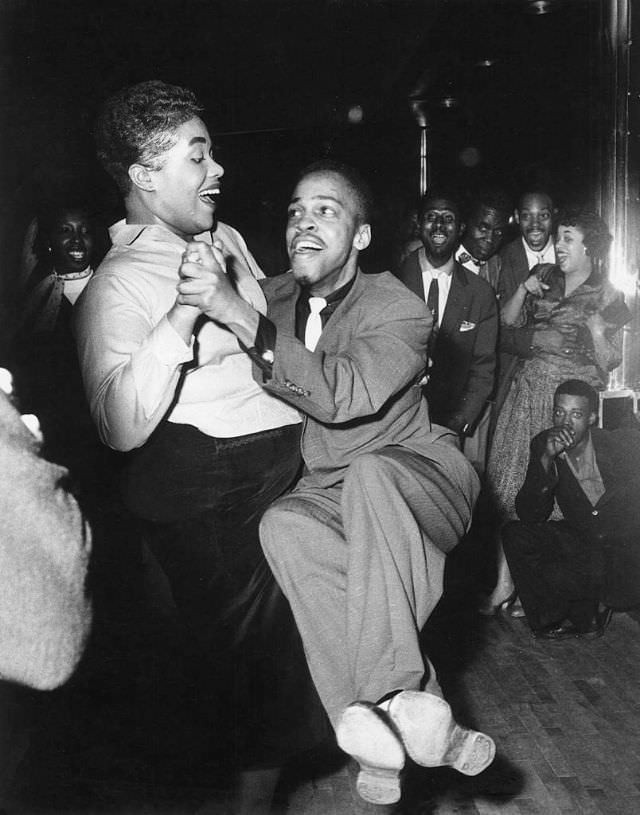
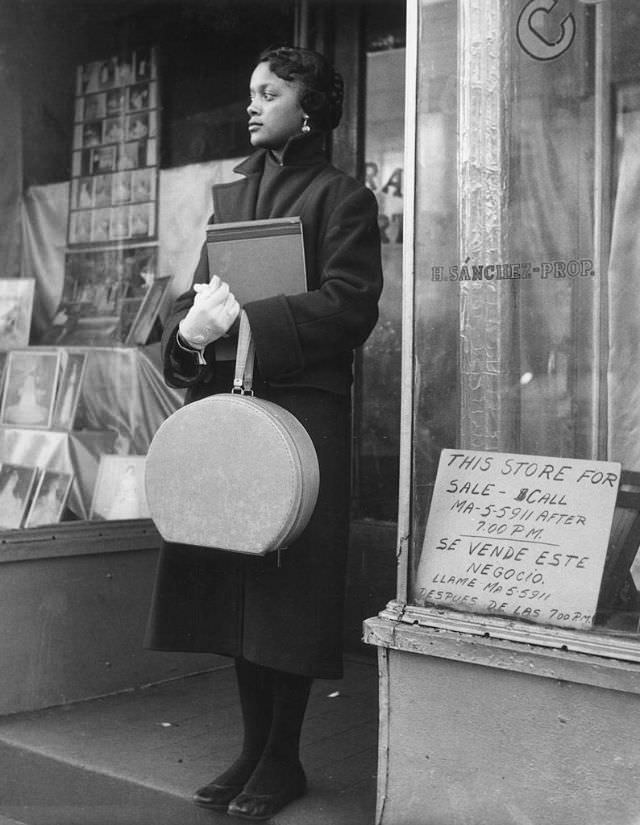
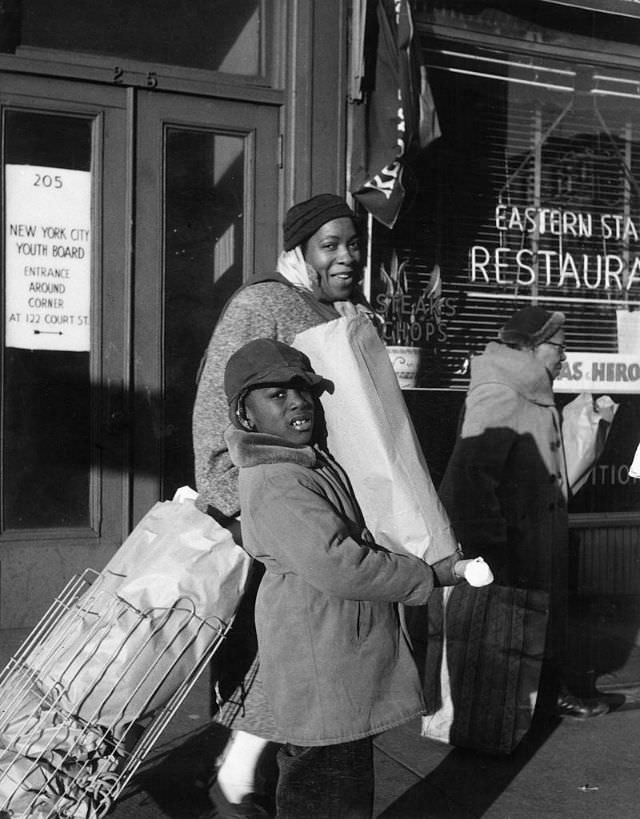

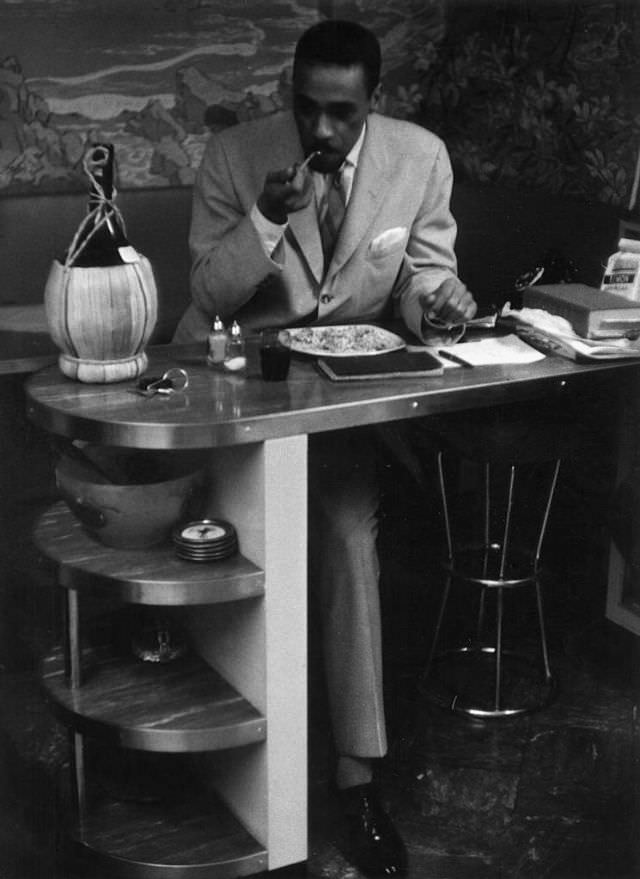
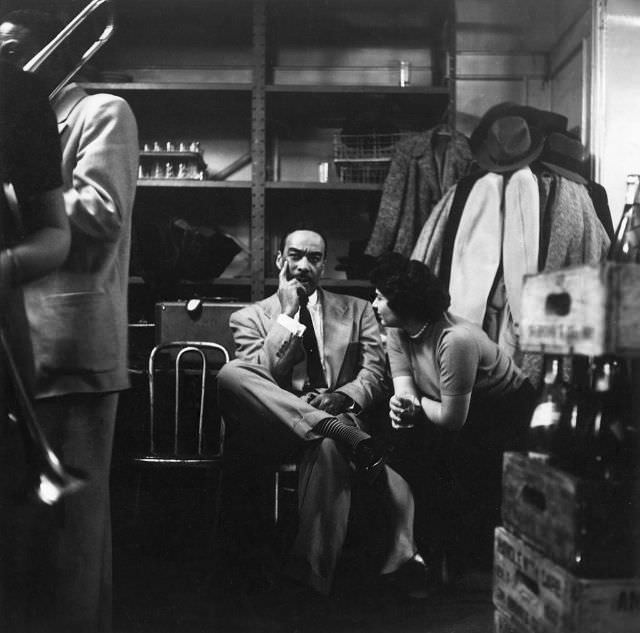
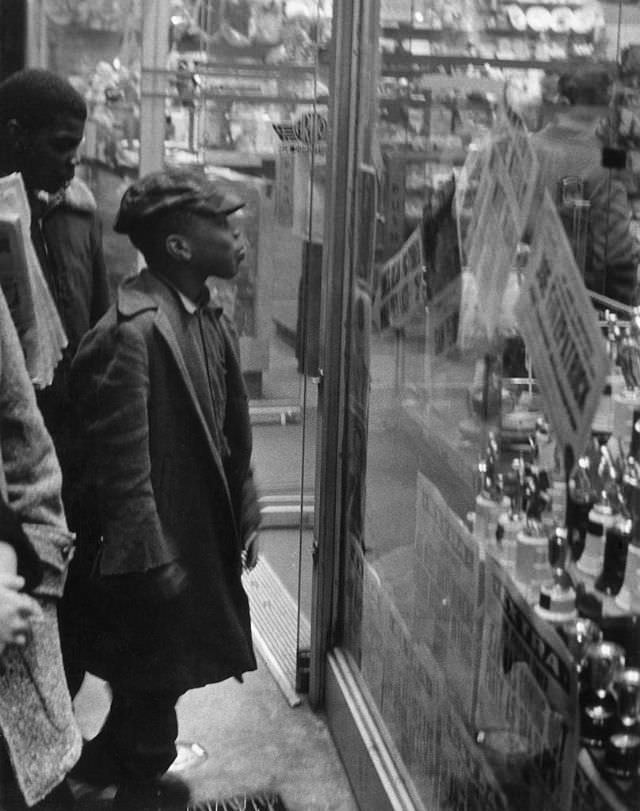
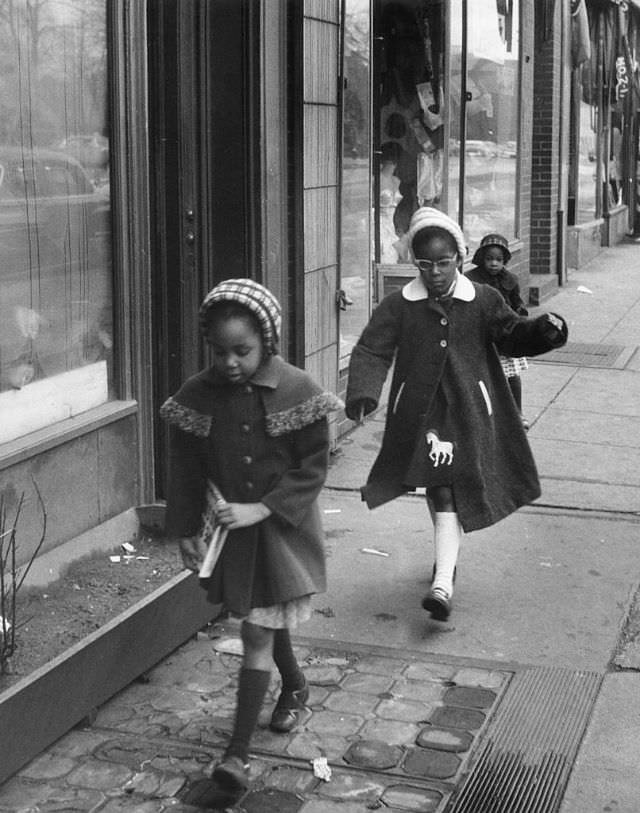
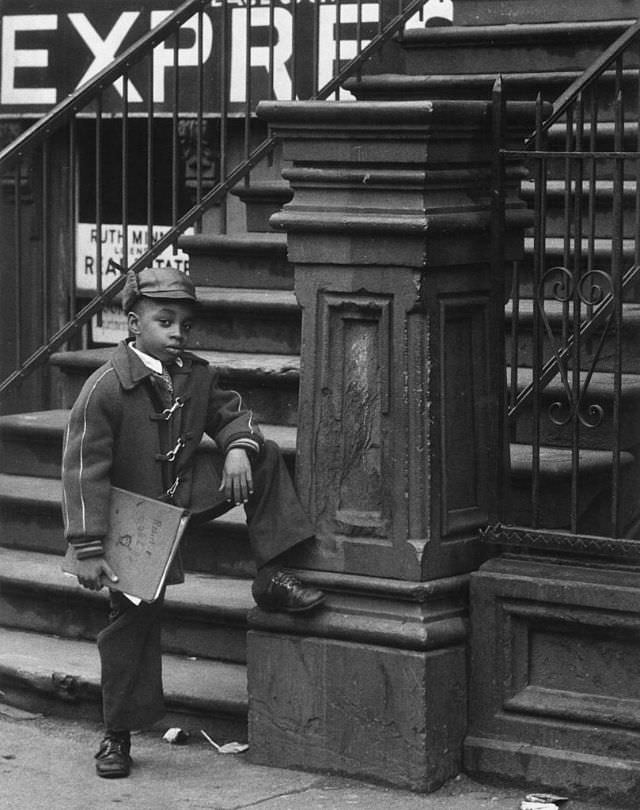
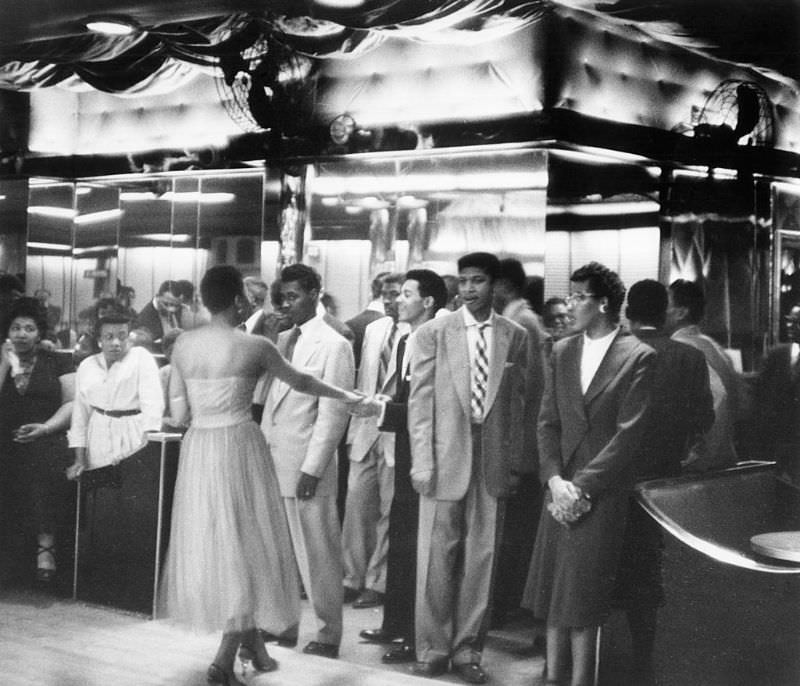
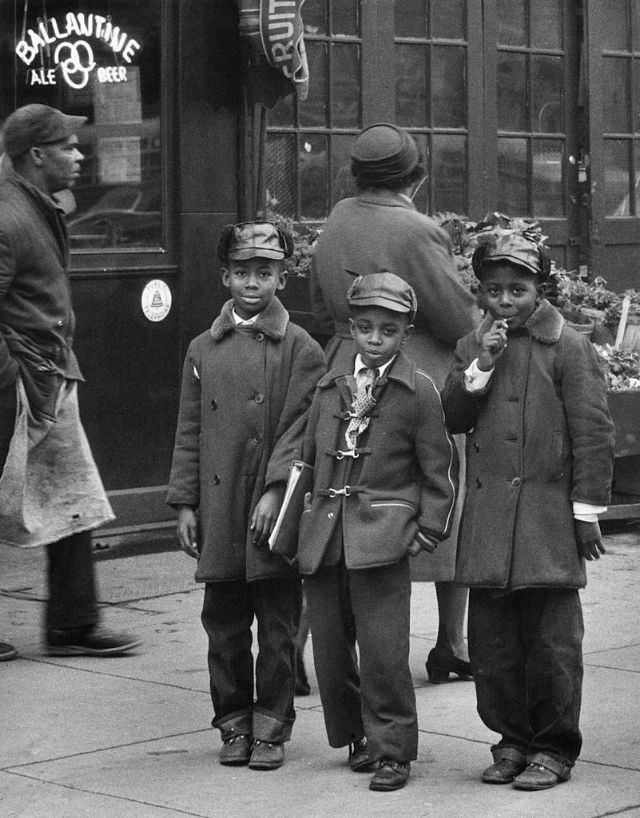
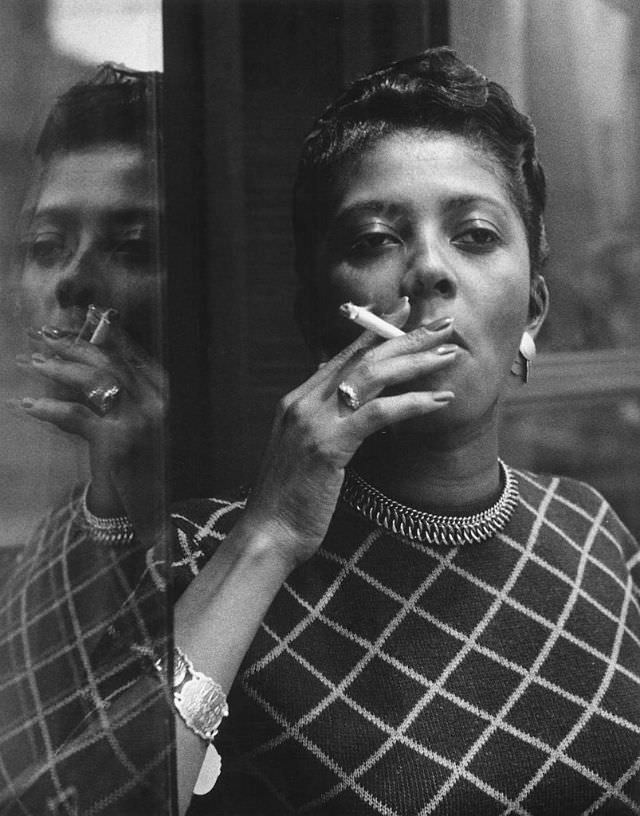
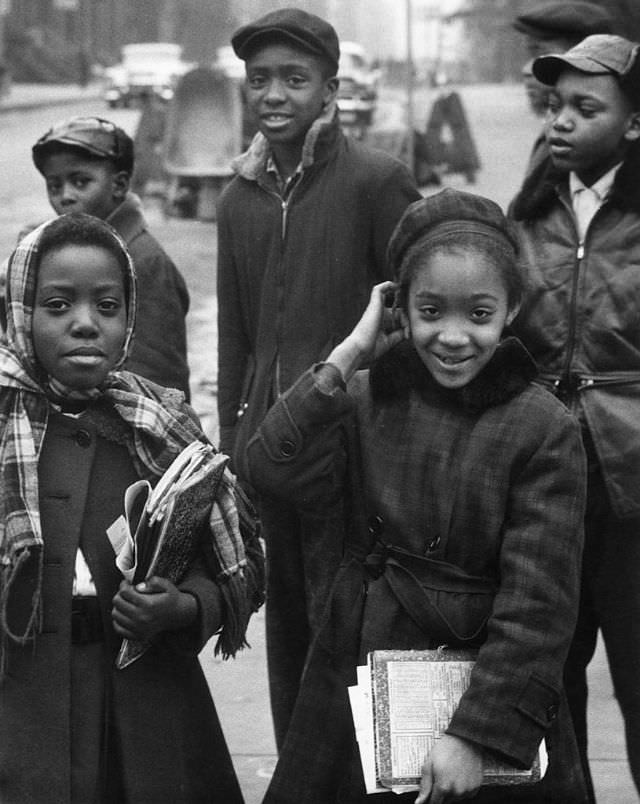
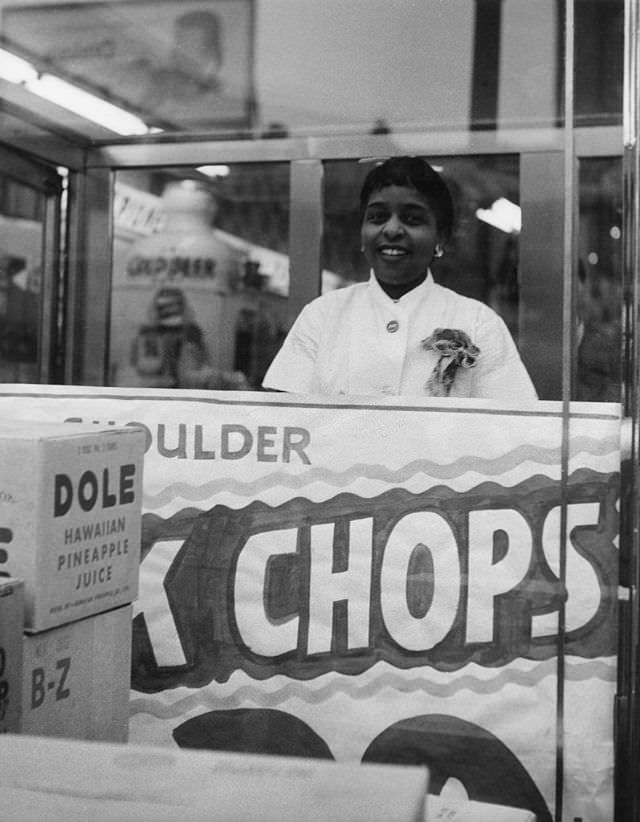

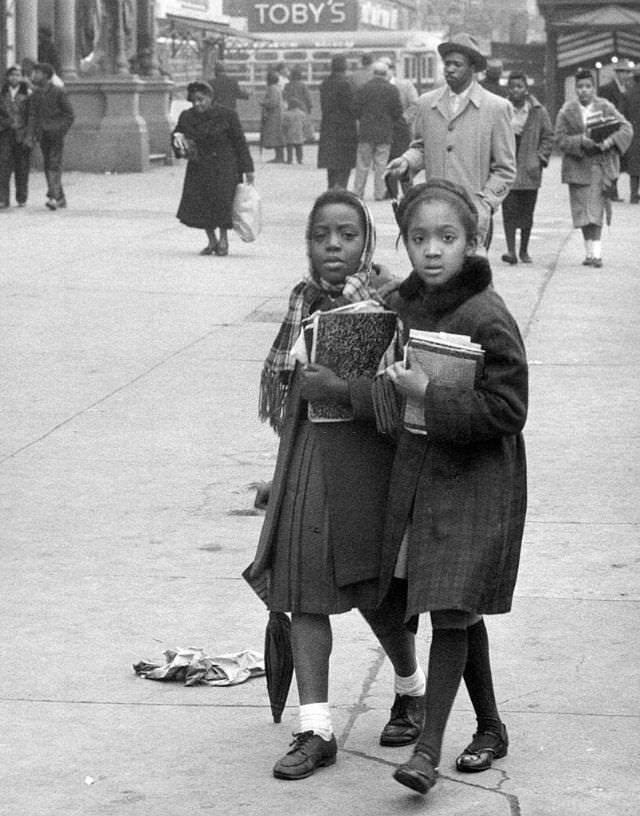
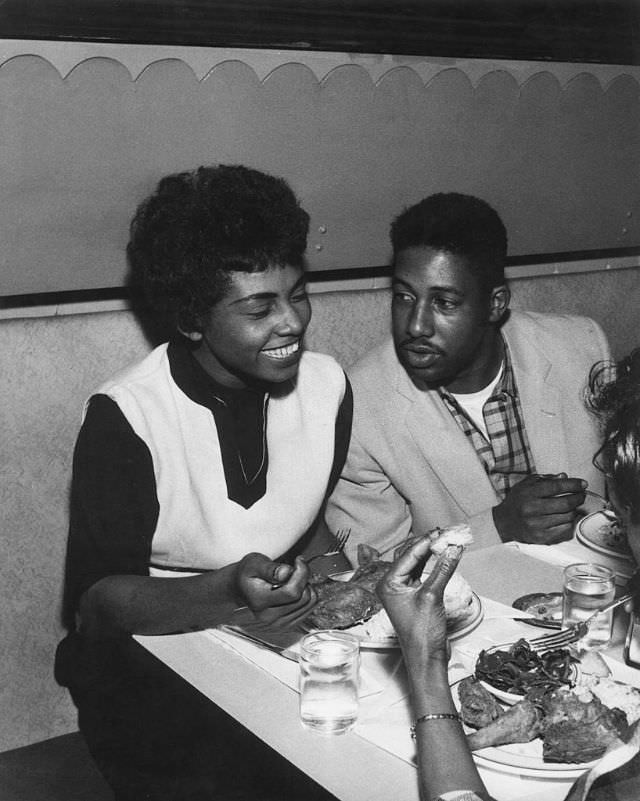
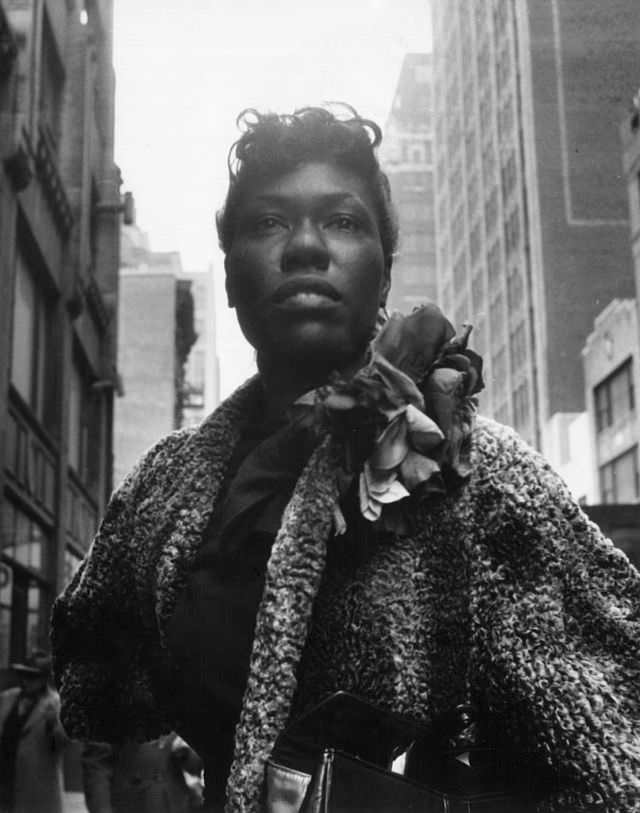
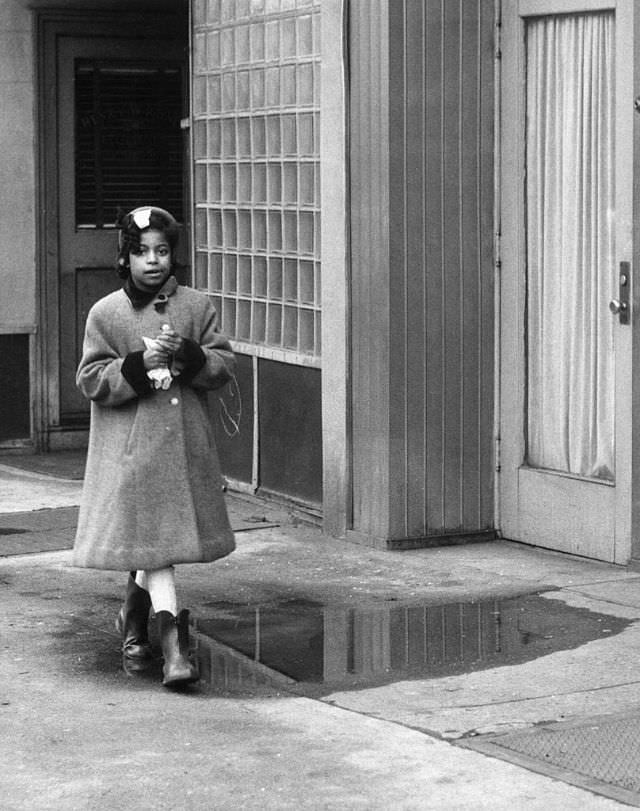
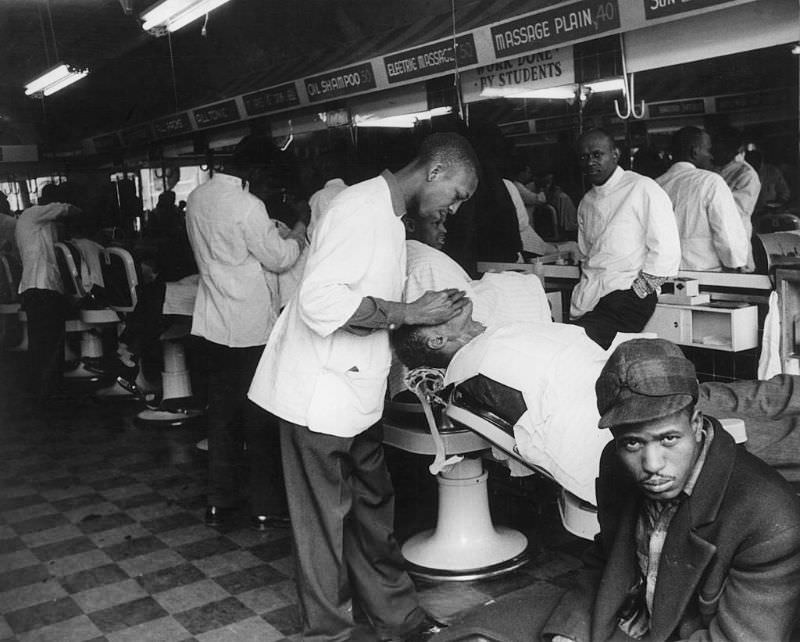
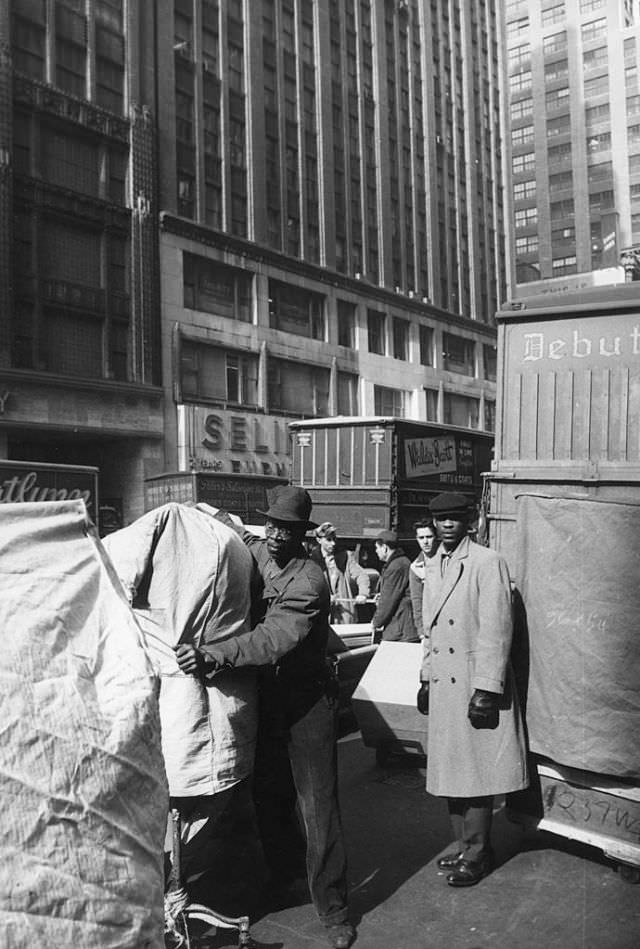
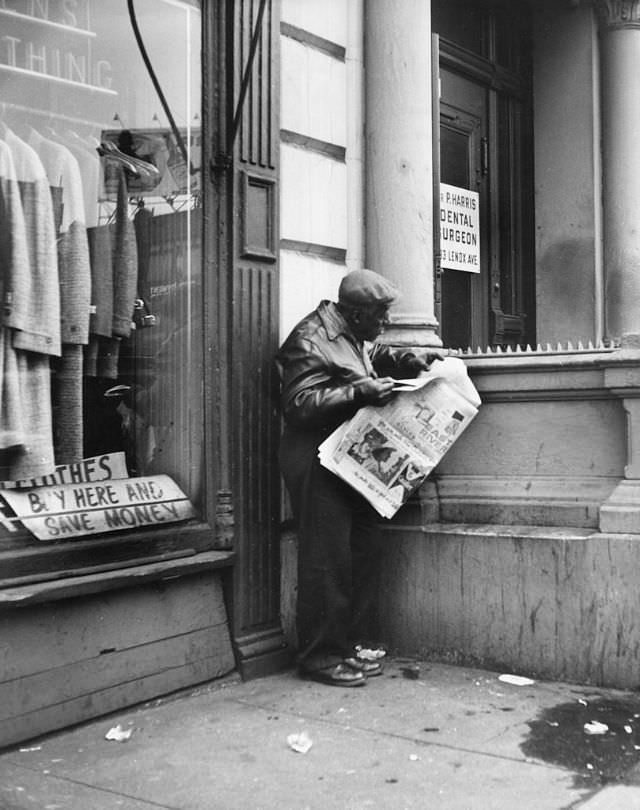
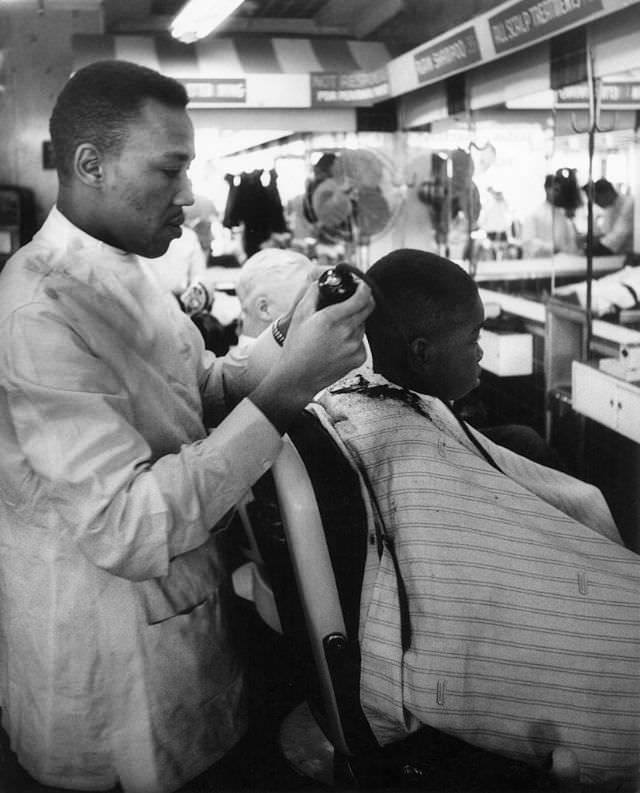
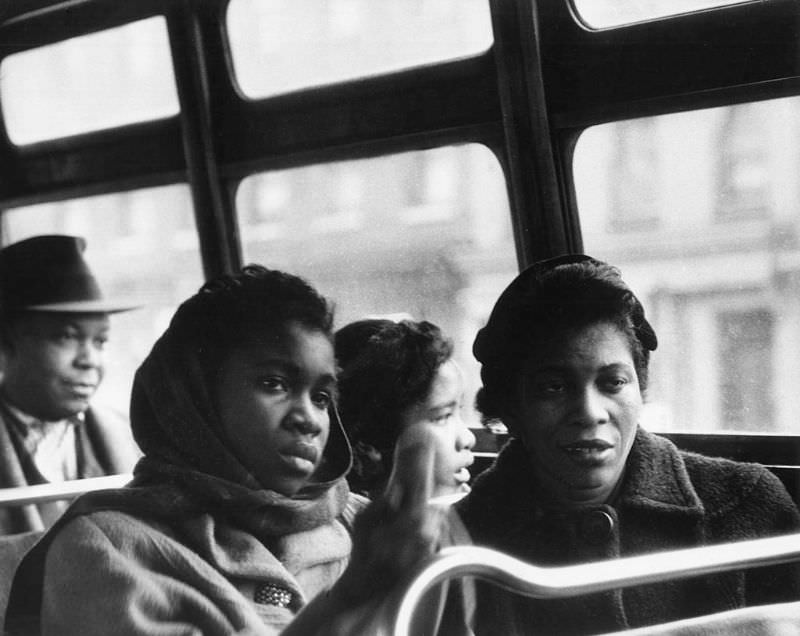
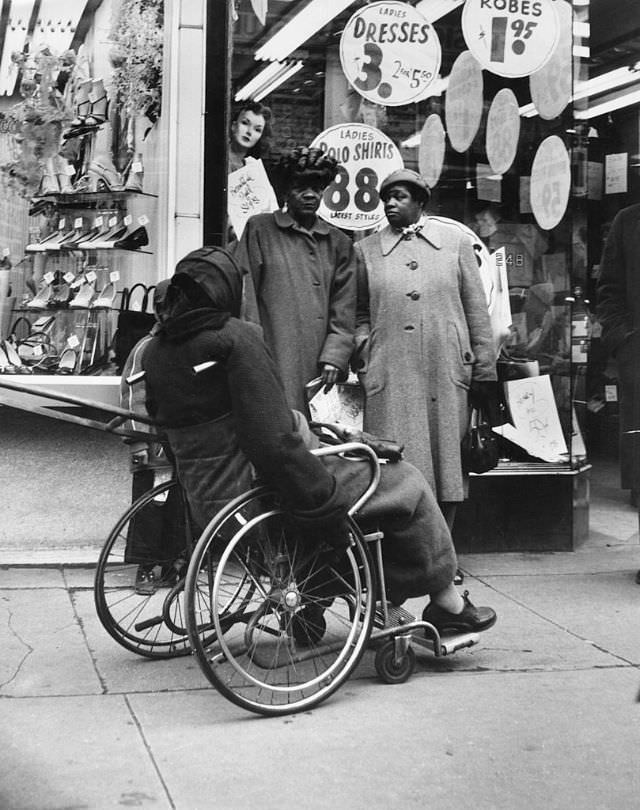

GIPHY App Key not set. Please check settings